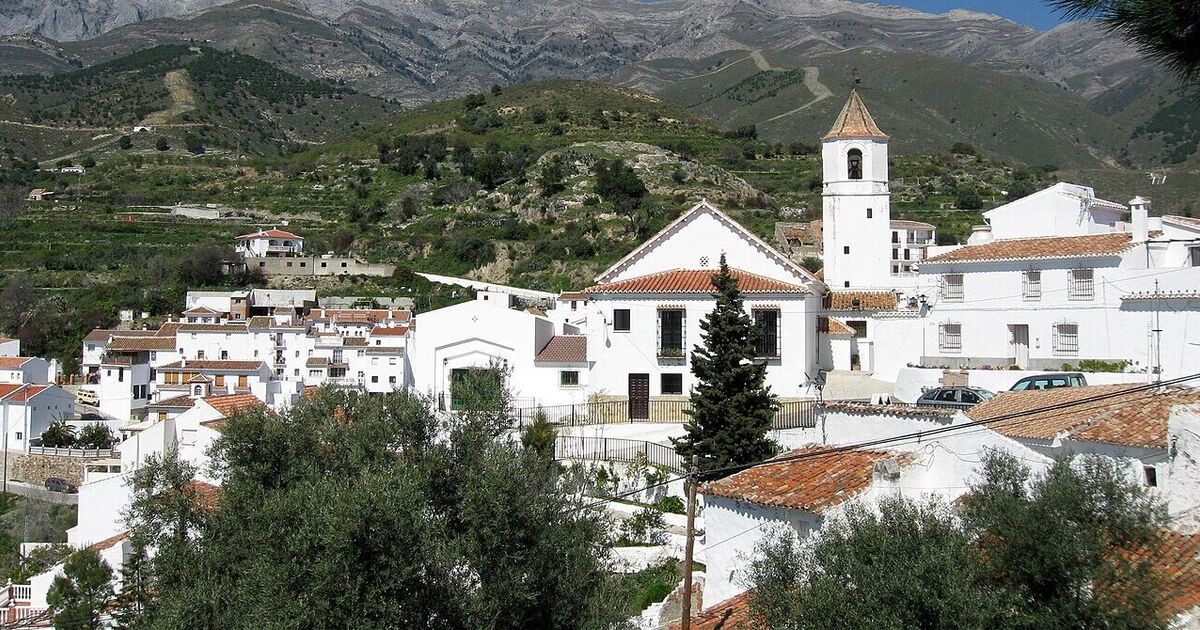A tiny town in Malaga, Spain, is home to just 192 people but has a surprising proportion of British expats living there.
Salares, a town nestled in the Axarquia region and part of the picturesque Mudejar route, has an interesting mix of Belgians, Brits, Danes, and Romanians amongst its population.
The town is known for its whitewashed houses, traditional features of the area, which are even more appealing due to their location within the Sierras de Tejeda, Almijara and Alhama Natural Park.
Despite being only 42 miles from the Costa del Sol’s capital, the journey by road takes nearly two hours, thanks to the winding mountain roads.
According to the latest figures from the National Institute of Statistics (INE), as of January 1, 2023, Salares had a mere 192 registered residents.
Interestingly, there have been years with even fewer inhabitants. Over the past year, six new residents have moved to the town.
Among the residents, 164 are Spanish by birth. There is also a Danish citizen, two individuals born in Morocco, a Romanian, four Belgians and 20 from the UK. These nationalities are all recorded in the municipal census of this town.
The town’s network of streets and the architecture of its whitewashed houses create picturesque and unforgettable corners, giving it a unique identity. This identity is so distinct that it forms part of what is known as the Mudejar Route.
The Minaret Tower of its Church, declared a Historic-Artistic Monument, is a highlight of its urban complex.
Salares was once a Roman settlement that saw the presence of Phoenicians, Greeks and Carthaginians, according to information compiled by the Junta de Andalucia.
It notes that the bridge over the Salares River, still in perfect condition and in use today, dates back to the Roman period at the town’s exit. From the time of Muslim domination, the town’s layout has been preserved with very few alterations.
The church still features the minaret of the old mosque as a bell tower, complete with sebka panels and tiles, as well as some pillars discovered during its restoration.










